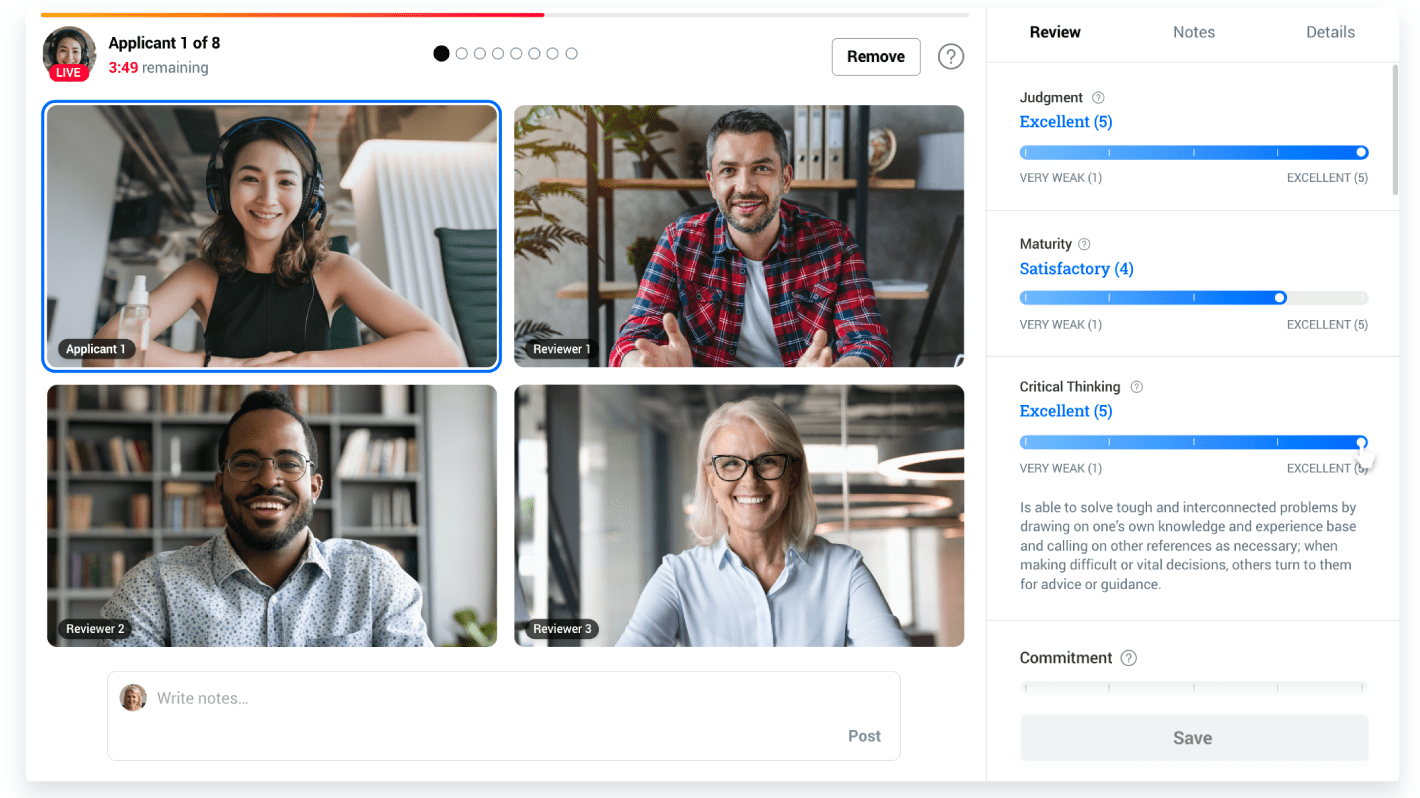In Part I and Part II of this series, Kira Talent's CEO Emilie has explored primarily a) what machine learning is and b) what potential opportunities these new advancements can bring to higher education.
Next, let’s look into what schools can start doing now to prepare for the future.
Create a Culture of Data Sharing
We need to move away from the culture of owning data in silos and be more comfortable sharing data. This move needs to come from the very top of the administration. The only way we’re going to get to a world enhanced by machine learning is by working together and sharing information.
Deans, Directors, and CIOs: Start cross-functional conversations now with your departments, from recruitment and admissions to student services and on to career services and alumni engagement.
All of the data held within these departments will be extremely valuable when combined and leveraged by machine learning systems in the future.
Conduct a Data Audit
It’s vital to understand what data we have access to and where it’s stored.
One way to get a handle on what data you have and what data you need is to conduct a data audit. While this may sound like an intimidating process, it doesn’t need to be. Here are a few simple steps to begin organizing and performing a data audit.
Step 1: Identify what data we have
This first step is critical to understanding exactly what data you are collecting. Schools and universities are collecting information through many different disconnected methods such as initial interest forms, admission applications, interviews, onboarding, and orientation, just to name a few.
Having a complete understanding of what data is being collected at your school will help you to identify problem areas, such as duplication, outdated, and incomplete data, as well as opportunities.
Begin by talking individually to everyone who gathers data and document what is being collected.
Step 2: Discover where the data is located
The data you collect is unlikely to be located in just one nice and shiny, connected and organized database.
In most cases, your data will be spread over various software and programs: Application systems, CRMs, marketing systems, social media software, survey engines, student information systems, and, of course, spreadsheets. So to properly begin to manage your data, we must understand where it is located. Not only is this important in preparing for the growth of machine learning, but it’s also necessary to ensure data security and compliance with data privacy regulations like GDPR. (What is GDPR?)
Step 3: Organize the data
After gathering data together through the first two steps it’s important to begin sorting and organizing the data. Begin by thinking about what data is most important and at what point in the process it’s important. This will help avoid duplication of data gathering efforts and assist in streamlining your processes.
Just like organizing your closet allows you to put similar items together and discard the shirt you haven’t seen in years, data organizing will allow you and your colleagues to prioritize important data, remove unnecessary information, and consolidate. Many institutions have found it valuable to consolidate their data into a central repository, such as a CRM.
Clean, organized data cannot be overstated in importance in reaping the benefits that machine learning provides.
Step 4: Plan to track data and make improvements
Following these steps can put your school in a position to embrace machine learning. Because old habits can be hard to break, past practices may creep back in.
A data audit should not be a one-time event: It should be viewed as a part of an institution's continuous improvement plan. This will require you to be vigilant and regularly check the status of what we are collecting, where it’s stored, and how it’s organized.


